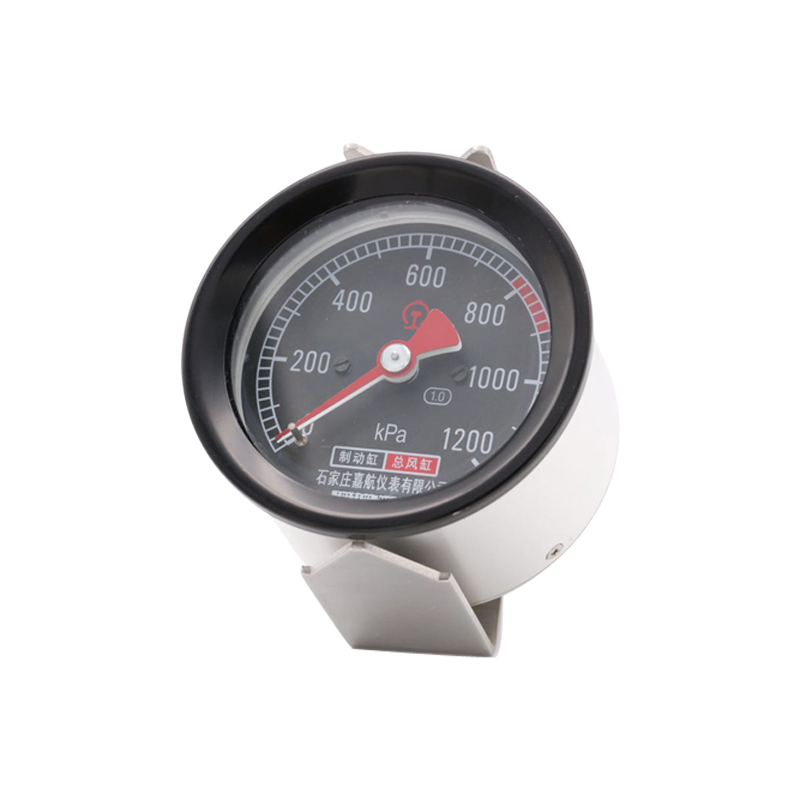
Nov . 10, 2024 22:27 Back to list
Flat Diaphragm Pressure Gauge for Accurate Measurement and Industrial Applications
Understanding Flat Diaphragm Pressure Gauges A Comprehensive Overview
Pressure gauges are crucial instruments used in various industries to measure the pressure of fluids and gases. Among the various types of pressure gauges, flat diaphragm pressure gauges stand out due to their unique design and functionalities. This article delves into the characteristics, applications, advantages, and maintenance practices of flat diaphragm pressure gauges.
What is a Flat Diaphragm Pressure Gauge?
A flat diaphragm pressure gauge is a device that utilizes a flexible diaphragm to measure the pressure of a medium. The diaphragm is made from materials that can withstand the pressure and corrosive nature of the medium being measured. When pressure is applied, the diaphragm deflects, converting the pressure into a mechanical movement. This movement is transmitted to a pointer on a dial, indicating the pressure reading.
Design Components
The main components of a flat diaphragm pressure gauge include
1. Diaphragm Typically made from stainless steel or other resistant materials, the diaphragm is the primary sensing element. 2. Housing The housing protects the diaphragm and other internal components from environmental factors. 3. Pointer and Dial These components provide a visual representation of the measured pressure, allowing for easy reading. 4. Connection Ports For fluid or gas entry, ensuring the gauge is connected to the system being monitored.
Applications of Flat Diaphragm Pressure Gauges
Flat diaphragm pressure gauges are widely used across numerous industries, including
1. Oil and Gas Used to monitor pressures in pipelines and processing equipment. 2. Water Treatment Helps in measuring pressures in water supply systems and treatment plants. 3. Chemical Processing Monitors the pressure of various chemicals in storage tanks and reactors. 4. Pharmaceuticals Ensures that critical pressure parameters are maintained during drug manufacturing. 5. HVAC Systems Helps in managing the pressure of air and refrigerants in heating and cooling systems.
flat diaphragm pressure gauge jah

Advantages of Flat Diaphragm Pressure Gauges
1. High Accuracy Flat diaphragm gauges provide precise pressure readings, making them ideal for applications requiring accuracy. 2. Versatile Material Options The flexibility in material selection allows for applications in corrosive environments, enhancing durability. 3. Compact Design Their compact nature makes them suitable for applications with space constraints. 4. Simple Calibration Calibration procedures are straightforward, enabling easier maintenance and adjustments as needed. 5. Low Maintenance With few moving parts, flat diaphragm gauges generally require less maintenance compared to other designs, reducing operational downtime.
Challenges and Limitations
While flat diaphragm pressure gauges have numerous advantages, there are challenges to consider
1. Sensitivity to Overpressure Excessive pressure can damage the diaphragm, leading to gauge failure. 2. Temperature Effects High temperatures may affect the accuracy of readings, necessitating proper temperature limits. 3. Limited Range Certain designs may have limitations on the pressure range they can accurately measure.
Maintenance Practices
To ensure the longevity and accuracy of flat diaphragm pressure gauges, regular maintenance is essential
1. Regular Calibration Periodically calibrate the gauge to ensure accuracy. This can be done by comparing readings with a reference gauge under controlled conditions. 2. Inspection for Damage Routinely check the diaphragm and other components for signs of wear, corrosion, or leaks. If damage is detected, service or replace the gauge immediately. 3. Cleaning Keep the gauge clean, particularly around the connection ports, to prevent contamination and ensure precise readings. 4. Monitor Operating Conditions Ensure that the gauge operates within its specified pressure and temperature ranges to avoid unnecessary wear and potential failure.
Conclusion
Flat diaphragm pressure gauges are integral to effective pressure measurement in various industrial applications. Their unique design, featuring a flexible diaphragm, offers high accuracy, versatility, and ease of maintenance. By understanding their functionality, applications, benefits, and maintenance requirements, industries can better utilize these gauges to ensure operational safety and efficiency. Whether in oil and gas, pharmaceuticals, or HVAC systems, flat diaphragm pressure gauges continue to play a vital role in managing and monitoring pressure effectively.
-
High-Precision 5 Valve Manifold Differential Pressure Gauge Suppliers
NewsApr.29,2025
-
High-Precision Diaphragm Vacuum Pressure Gauges Manufacturers & Quotes
NewsApr.29,2025
-
Omega Differential Pressure Gauges High Accuracy & Durability
NewsApr.28,2025
-
Low Pressure Differential Pressure Gauges Precision Solutions & Quotes
NewsApr.28,2025
-
Digital Diaphragm Pressure Gaauge Precision Measurement & OEM Quotes
NewsApr.28,2025
-
Differential Pressure Gauge China Price High-Accuracy & Best Quotes
NewsApr.28,2025
